Have you ever met a cat that feels like a secret? The clouded leopard is just that—a shadowy beauty, slipping through the forests of Asia with a grace that’s almost unreal. Not quite a big cat, not quite a small cat, this feline sits in a category all its own. Its mysterious ways and striking looks have inspired awe and wonder wherever it’s found. With its cloud-shaped markings and tree-dwelling lifestyle, the clouded leopard seems like a creature plucked from a dream. If you’ve never heard its story, you’re in for a treat. Let’s wander together through the world of this elusive, enchanting cat and discover what makes it so completely extraordinary.
Cloud-Like Spots: Nature’s Masterpiece
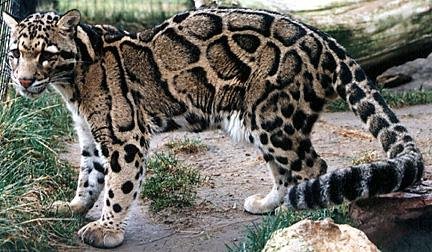
Look at a clouded leopard’s fur, and you’ll see why it got its name. Its coat is decorated with large, irregularly shaped blotches, like clouds drifting across a stormy sky. These markings aren’t just for show—they’re perfect camouflage for life among the leafy shadows of dense forests. When sunlight filters through the treetops, the “clouds” on its fur blend seamlessly with dappled light, making the cat almost invisible. It’s a little like nature’s own magic trick, helping the clouded leopard slip past predators and prey alike. These patterns aren’t found on any other wild cat, making each animal a one-of-a-kind work of art. No two clouded leopards have exactly the same markings, and it’s easy to get lost gazing at their swirling shapes. Beauty like this feels rare and precious—just another way these cats capture our imaginations.
Neither Big Cat Nor Small Cat

If you try to put the clouded leopard in a box, you’ll quickly find it doesn’t fit. It’s not large enough to be a “big cat” like a tiger or lion, but it’s far more powerful than the average housecat. In fact, it’s often called a “missing link” between the big and small cats, combining features of both. Its purr is soft and rolling, but it can’t roar like a lion. Its body is lithe and flexible, yet its jaws and teeth are mighty, like a miniature saber-toothed tiger. This in-between status makes the clouded leopard a puzzle that scientists love to study. It reminds us that nature doesn’t always follow our rules—sometimes, it carves out something entirely new. The clouded leopard stands as proof that uniqueness is its own kind of strength.
Masters of the Trees
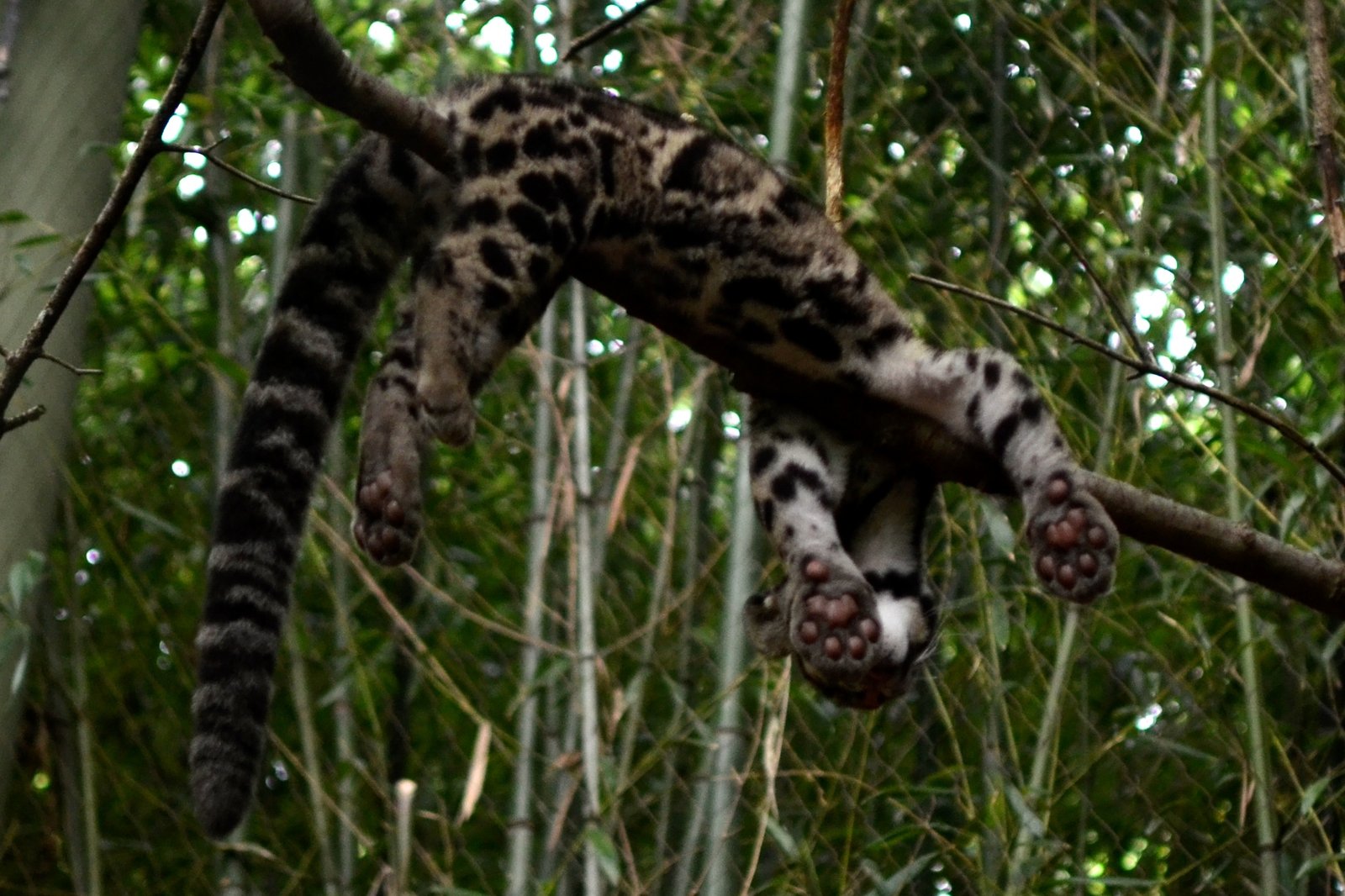
Have you ever dreamed of living in the treetops? For the clouded leopard, the forest canopy is home. With its short, strong legs and long, flexible tail, this cat is built for climbing. It can scamper straight up tree trunks, hang upside down from branches, and even run headfirst down a tree like a squirrel. Its huge paws act like natural grappling hooks, gripping rough bark with ease. Scientists have watched clouded leopards leap tremendous distances from branch to branch, making them one of the most acrobatic cats alive. It’s a life spent above the ground, where few predators can follow and prey is just a quick leap away. There’s something enchanting about a cat that prefers the leafy heights to the forest floor—like a shadow that dances where the light is always shifting.
Fangs Like a Saber-Tooth

Open a clouded leopard’s mouth, and you’ll see teeth that belong in a prehistoric tale. Its canine teeth are astonishingly long—proportionally, the longest of any living cat. They look a bit like those of the long-extinct saber-toothed cats, hinting at a fierce evolutionary past. These impressive fangs help the clouded leopard catch and kill prey quickly, delivering a powerful bite. Despite its modest size, it can take down animals much larger than itself, thanks in part to these formidable tools. The sight of those teeth feels both thrilling and humbling—a reminder that even the most graceful creatures can have a wild, untamed edge. It’s no wonder early scientists were fascinated by their skulls, marveling at how such a small cat could pack such a powerful punch.
Quiet and Elusive
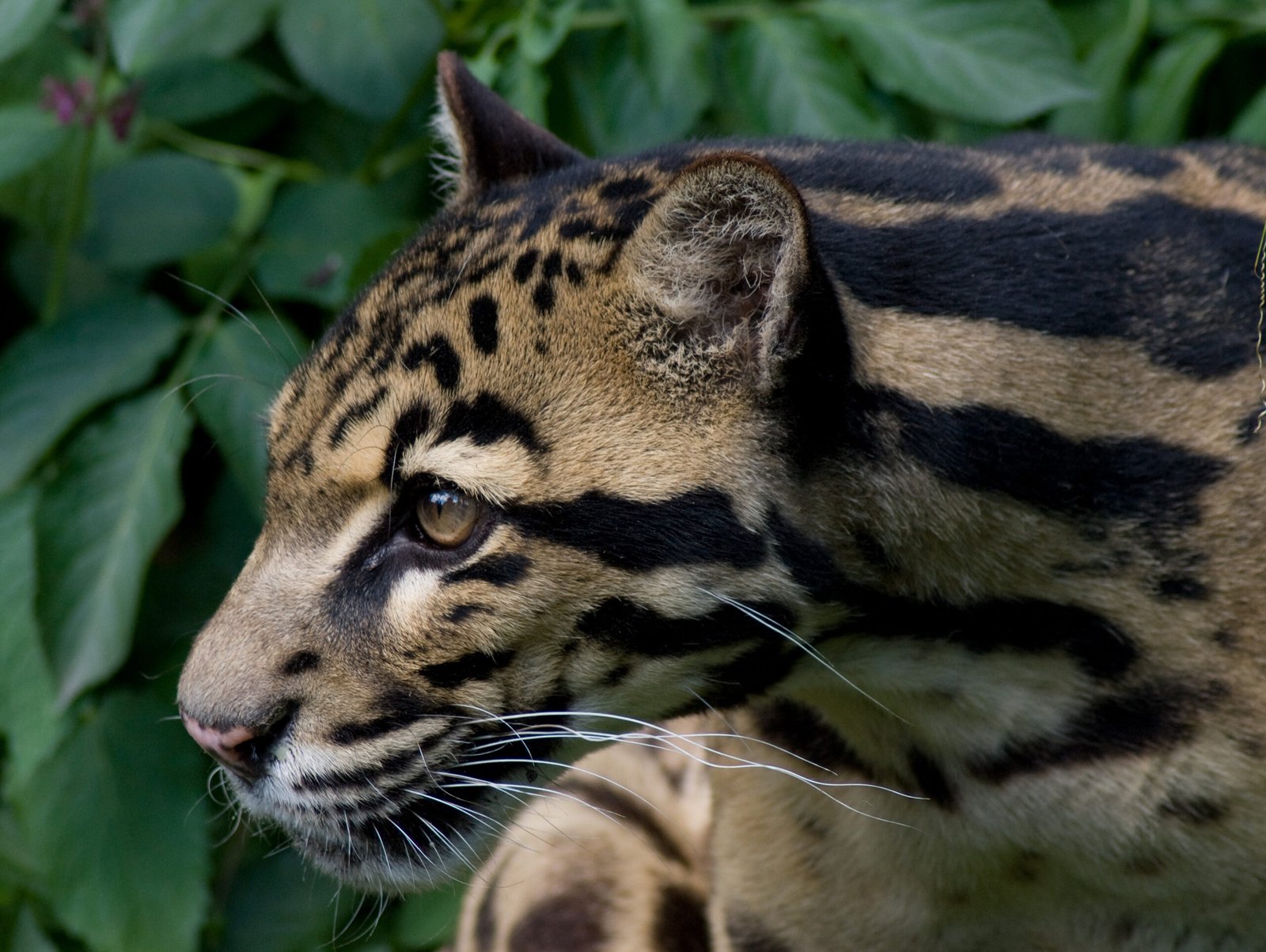
There’s a reason most people have never seen a clouded leopard in the wild—they’re masters of stealth. These cats are famously shy, preferring to melt into the shadows rather than face the spotlight. They move silently through the undergrowth, often traveling alone and mostly at night. Even the best wildlife photographers and researchers can spend years without catching more than a fleeting glimpse. This elusive nature only adds to their mystique. To many, the clouded leopard feels almost mythical—a spirit of the forest, glimpsed only in the corner of your eye. Their quiet presence teaches us to respect the hidden wonders of the wild and to appreciate the value of things not easily found.
Wide Range, Narrow Choices
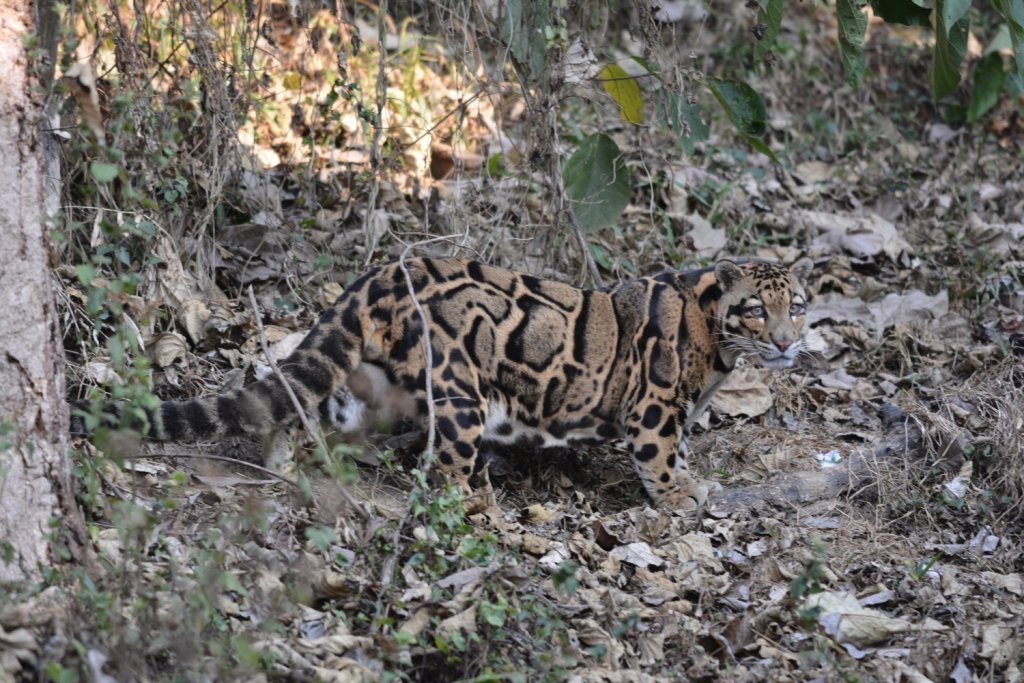
The clouded leopard’s range stretches across Southeast Asia, from the Himalayan foothills to the rainforests of Indonesia. That might sound like a vast territory, but within those forests, their choices are shrinking. Logging, agriculture, and urban sprawl are eating away at their ancient homes, leaving pockets of suitable habitat scattered and isolated. This fragmentation makes it hard for clouded leopards to find mates, hunt, or migrate safely. Even though they once roamed freely across a huge swath of Asia, today their world feels much smaller. The story of the clouded leopard is a gentle warning—that even the most adaptable creatures need wild spaces to thrive. Their struggle reminds us that conservation isn’t just about saving a single species—it’s about protecting the living tapestry they’re part of.
Tree-Tail Balancing Act
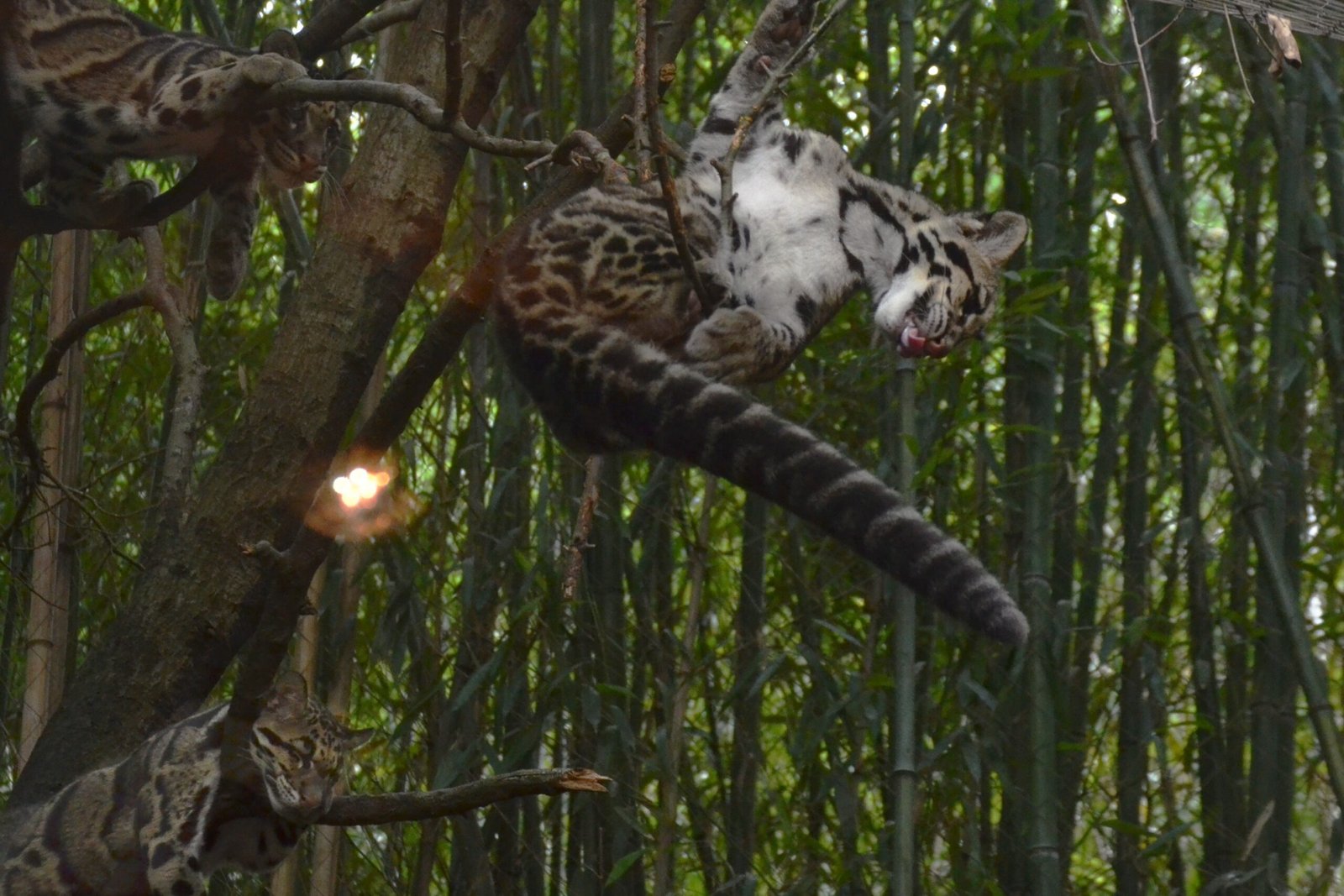
If you’ve ever seen a tightrope walker, you’ll understand the importance of balance. For the clouded leopard, its long, thick tail is the secret to staying steady in the treetops. This tail can be almost as long as its body, acting like a counterweight as it leaps, climbs, and hangs from branches. It’s what lets the cat twist and turn with acrobatic grace, even hundreds of feet above the forest floor. Watching one move, you can almost feel the thrill of freedom—the way it glides through its leafy world, never missing a step. The tail is more than just a tool; it’s a symbol of the clouded leopard’s mastery of its vertical home. In a world where every branch can be a path, balance is everything.
Eyes for the Night
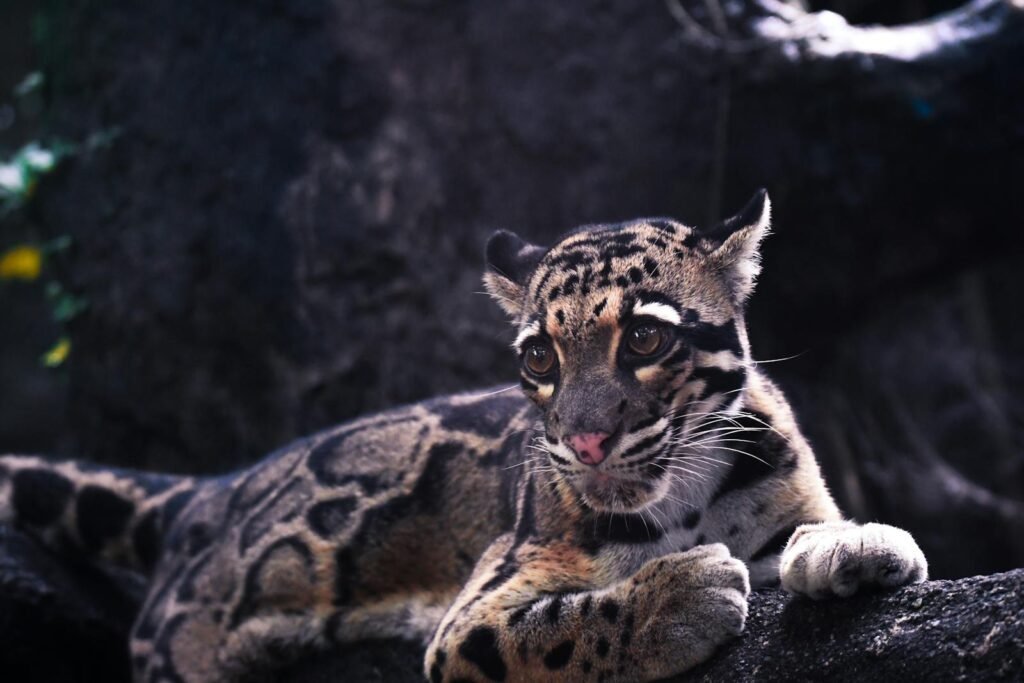
Step into the forest after dark, and you might catch a glint of golden-green eyes watching from above. The clouded leopard’s vision is adapted for the night, with large, round pupils that soak up every trace of moonlight. These cats are mostly nocturnal, stalking their prey when the forest is still and quiet. Their eyes help them see the slightest movement, even in near-total darkness. This nightly lifestyle keeps them safe from many predators and lets them hunt creatures that come out only after sundown. There’s something almost magical about a creature that lives by night—moving silently beneath the stars, seeing what others miss. It’s a reminder that the most enchanting worlds often come to life when the rest of us are fast asleep.
The Softest Walk
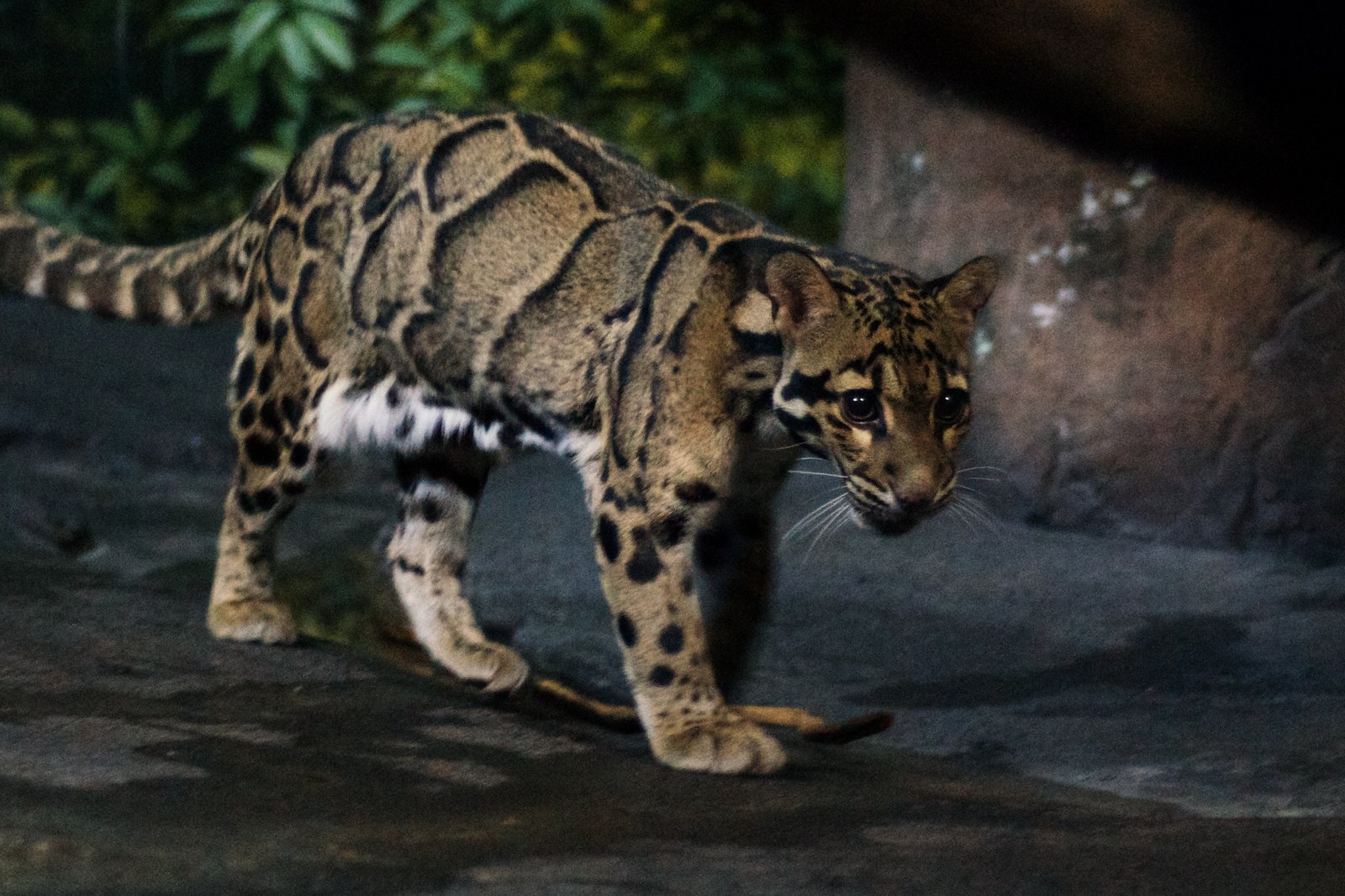
If you’ve ever walked barefoot in a forest, you know how careful you have to be. The clouded leopard takes this to the next level. Its padded paws let it move like a whisper, barely disturbing leaves or twigs underfoot. This “soft step” is perfect for sneaking up on prey or disappearing from danger. Even in the thickest jungle, the clouded leopard leaves few traces—no wonder it’s so hard to spot. This gentle tread is not just a hunting strategy; it’s a way of life that’s all about respect for the wild. Watching one move, you sense the deep connection between the cat and its home—a delicate dance that’s been perfected over thousands of years. The soft walk of the clouded leopard is a lesson in moving gently through the world.
Solitary Spirits

Unlike lions or cheetahs that live in prides or coalitions, clouded leopards are solitary souls. They carve out territories for themselves, marking them with scent and scratches on trees. Most of the time, they avoid other cats, coming together only to mate or, briefly, to raise their young. This independence makes every encounter special—a rare crossing of paths in the vast forest. Living alone means the clouded leopard has to be smart and adaptable, relying on its own skills to survive. There’s a quiet dignity in this solitary lifestyle, a reminder that some creatures are happiest in their own company. It’s easy to admire their self-reliance, even as it makes them harder to study and protect.
Vocal but Not Roaring

While some wild cats fill the night with roars, the clouded leopard has a voice all its own. It can’t roar, but it communicates with a range of sounds—growls, hisses, meows, and a soft chuffing noise that’s a bit like a tiger’s greeting. These vocalizations are usually quiet, used to signal curiosity or warn others away. It’s as if the clouded leopard prefers to keep its secrets, sharing its voice only with those who listen closely. In a world where the loudest often steal the show, there’s something refreshing about a cat that speaks softly. Its vocal style fits its mysterious personality—always present, but never overwhelming. The clouded leopard reminds us that you don’t need a roar to make an impression.
Mysterious Mating Rituals

Little is known about how clouded leopards court and choose mates, adding to their air of mystery. What scientists do know is that these cats are careful and deliberate when it comes to romance. Males and females will spend days together, playing and grooming each other before mating. Afterward, the male usually leaves, and the female raises her cubs alone. This brief coming together stands out in a life mostly spent in solitude. The mother’s devotion is fierce—she keeps her cubs hidden and protected, teaching them how to climb and hunt before they set off on their own. These secretive family moments are rarely seen, but they hint at a tenderness beneath the clouded leopard’s wild exterior.
Vulnerable Yet Resilient
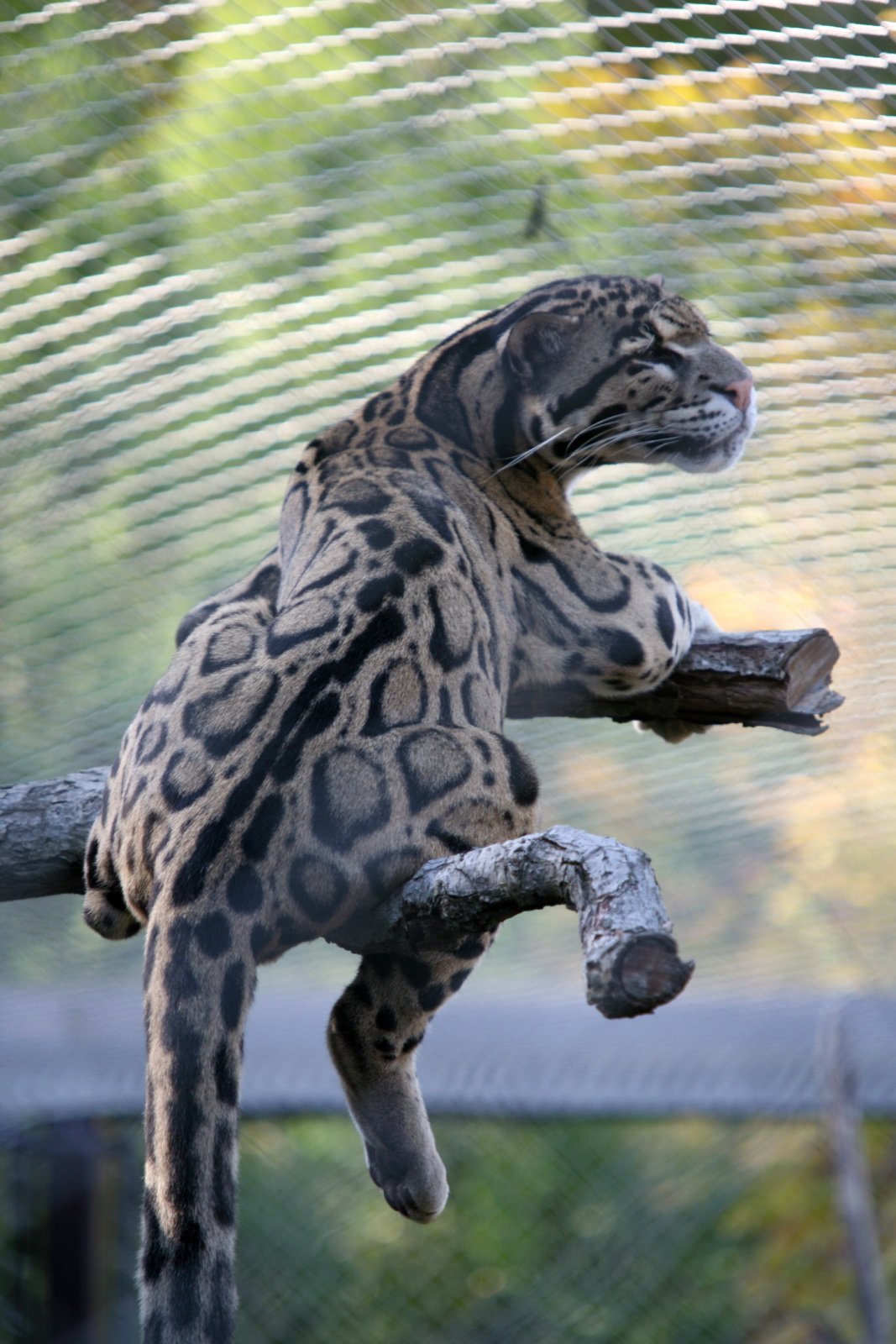
Despite their strength and adaptability, clouded leopards face an uncertain future. Habitat loss, poaching, and the illegal pet trade have all taken a toll, landing them on the “Vulnerable” list. Yet, there’s hope in their resilience. In some places, protected reserves and stricter laws are helping populations recover. Conservationists are working hard to study and safeguard these cats, often using camera traps to monitor their hidden lives. The struggles of the clouded leopard remind us that every species matters, and that even the most elusive animals deserve our care. Their continued survival is a testament to nature’s ability to bounce back—if given the chance.
Diet of the Shadows

When it comes to hunting, the clouded leopard is pure stealth. Its diet includes monkeys, birds, deer, and sometimes even small livestock. It uses its climbing skills to ambush prey from above, dropping silently onto unsuspecting animals below. This strategy makes the most of its arboreal talents, turning the forest canopy into a living pantry. Clouded leopards have also been known to drag their catch up trees, keeping it safe from other predators. Watching them hunt is like witnessing a ghost at work—silent, swift, and almost invisible. Their success as hunters is a reminder of how finely tuned they are to their wild world.
Playful Cubs, Fierce Futures
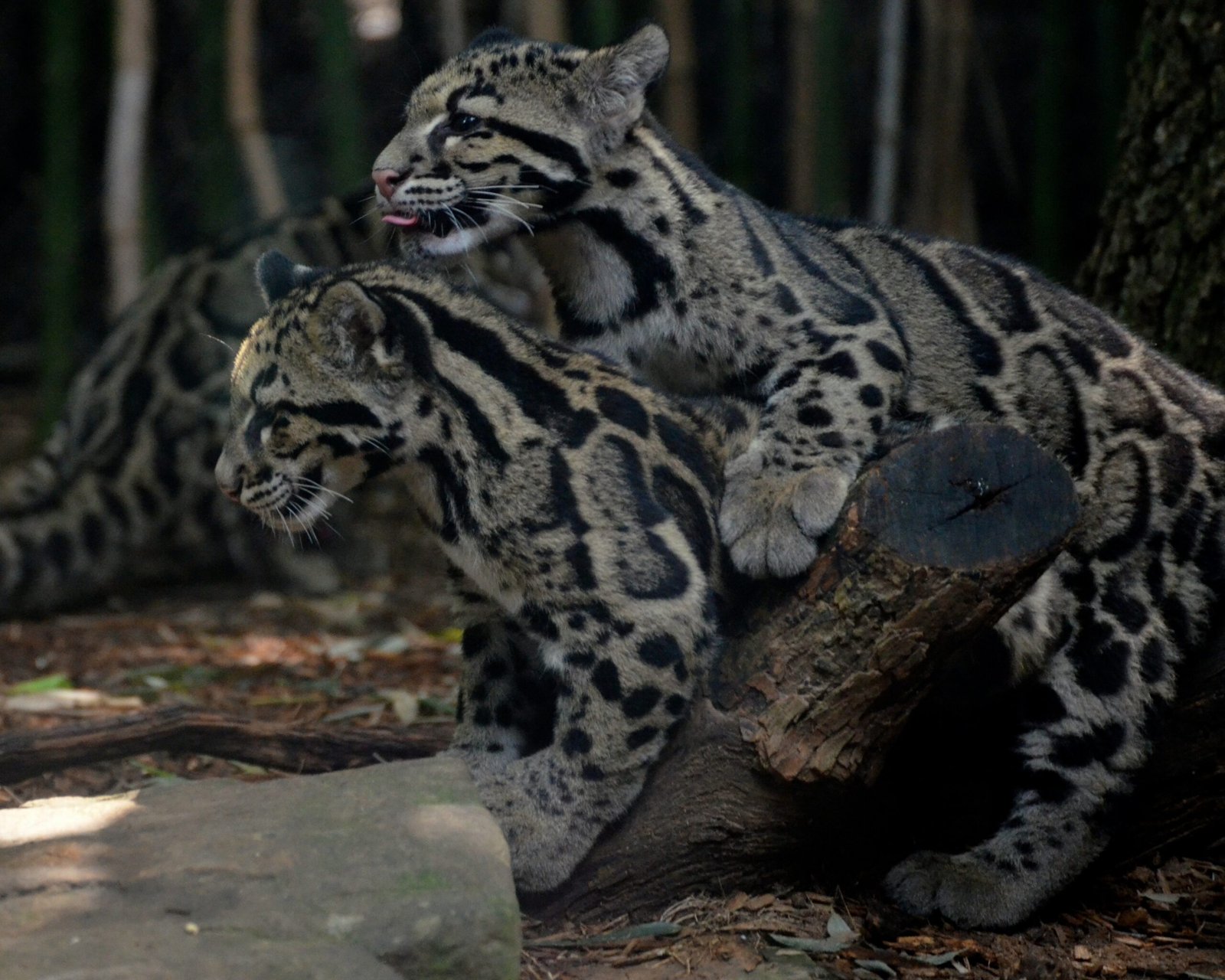
Clouded leopard cubs are born blind and helpless, tucked away in the safety of dense undergrowth or hollow trees. As they grow, they become bundles of playful energy, tumbling and wrestling with each other under their mother’s watchful eye. These early games are more than just fun—they’re practice for the challenges of adult life. Cubs learn to climb, stalk, and pounce, developing the skills they’ll need to survive on their own. Watching a clouded leopard cub at play is a pure joy; their curiosity and courage shine through with every leap. It’s hard not to root for them, hoping that each playful kitten will one day become a master of the misty treetops.
Hiding in the Mist
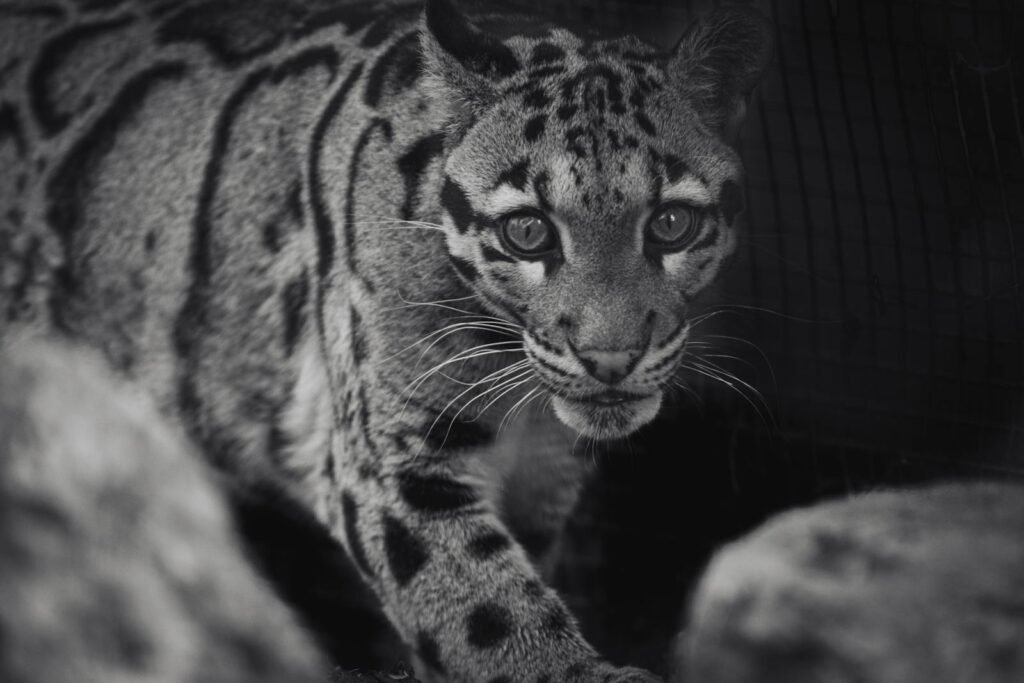
There’s a reason the clouded leopard is so often described as a “ghost of the forest.” It moves with such skill and subtlety that it can vanish in an instant, leaving behind only the faintest trace. In the misty rainforests of Southeast Asia, these cats are especially hard to spot. Their cloud-like markings blend perfectly with the shifting shadows and fog, making them seem almost supernatural. For local people, the clouded leopard has long been a symbol of mystery and magic—a creature that watches from the edge of sight. This connection to the mist and shadows adds to their allure, inviting us to imagine the wild world that still exists just beyond our everyday lives.
Legends and Local Lore

Throughout their range, clouded leopards feature in stories and legends. In some cultures, they’re seen as guardians of the forest, spirits that protect the balance of nature. Others believe they bring good luck or serve as messengers between worlds. These tales reflect the deep respect—and sometimes fear—that people feel for these elusive cats. While science gives us facts and figures, folklore reminds us of the emotional bond between humans and wild creatures. The clouded leopard’s place in local lore is a testament to its power to captivate our hearts and imaginations, across generations and borders.
Unraveling DNA Mysteries
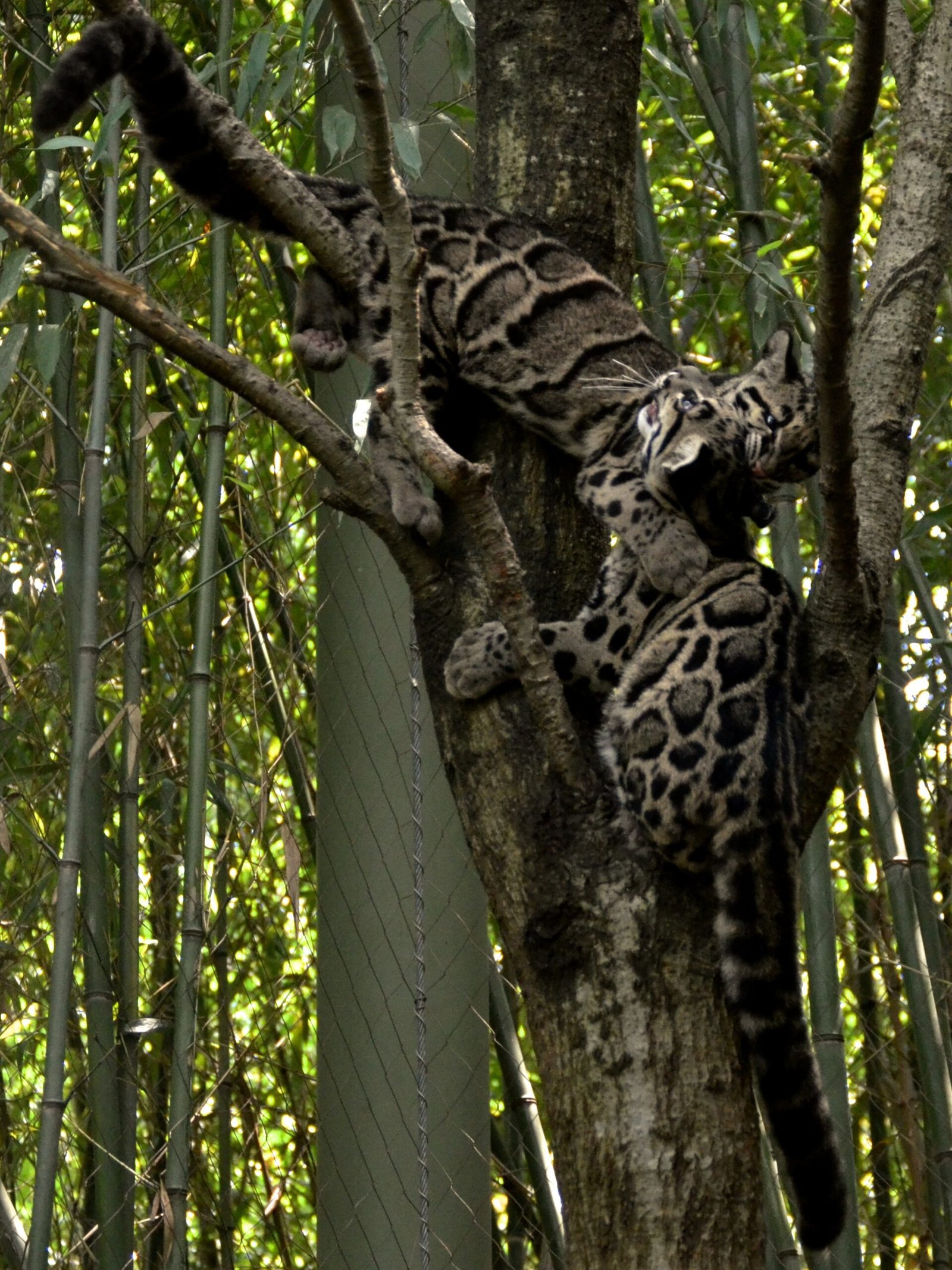
Recent research has shown that the clouded leopard is not just one species, but two: the mainland clouded leopard and the Sunda clouded leopard from Borneo and Sumatra. This discovery came from studying subtle differences in their DNA and appearance. It’s a powerful reminder that there’s still so much we don’t know about the animals we share the planet with. Each new finding brings more questions, challenging scientists to look closer and think deeper. The clouded leopard’s genetic secrets are a puzzle that’s only just begun to be solved, promising many more surprises in the years to come.
Changing Forests, Changing Lives

The forests where clouded leopards live are changing fast. Logging, farming, and roads are carving up their homes, making it harder for these cats to find food and mates. Sometimes, they wander into villages, risking conflict with people and livestock. Yet, these challenges also bring new opportunities for conservation. Some communities are working to protect forests and create corridors that let wildlife move safely between habitats. The clouded leopard’s fate is closely tied to the fate of the forests themselves—a story that’s still being written, one tree at a time. Their survival depends on our willingness to share the land and protect what’s left.
International Protection Efforts

Across Asia, clouded leopards are protected by law, but enforcement can be tricky. International treaties like CITES ban the trade in their skins and bones, but poaching still happens. Zoos and breeding programs play a role, too, helping to raise awareness and maintain healthy populations. Conservationists use technology—like camera traps and satellite collars—to learn more about these secretive cats and design better strategies to keep them safe. It’s a race against time, but every new discovery and every protected forest brings fresh hope. The clouded leopard’s story is a global one, reminding us that the fate of wild animals is in all our hands.
Clouded Leopards and Ecotourism
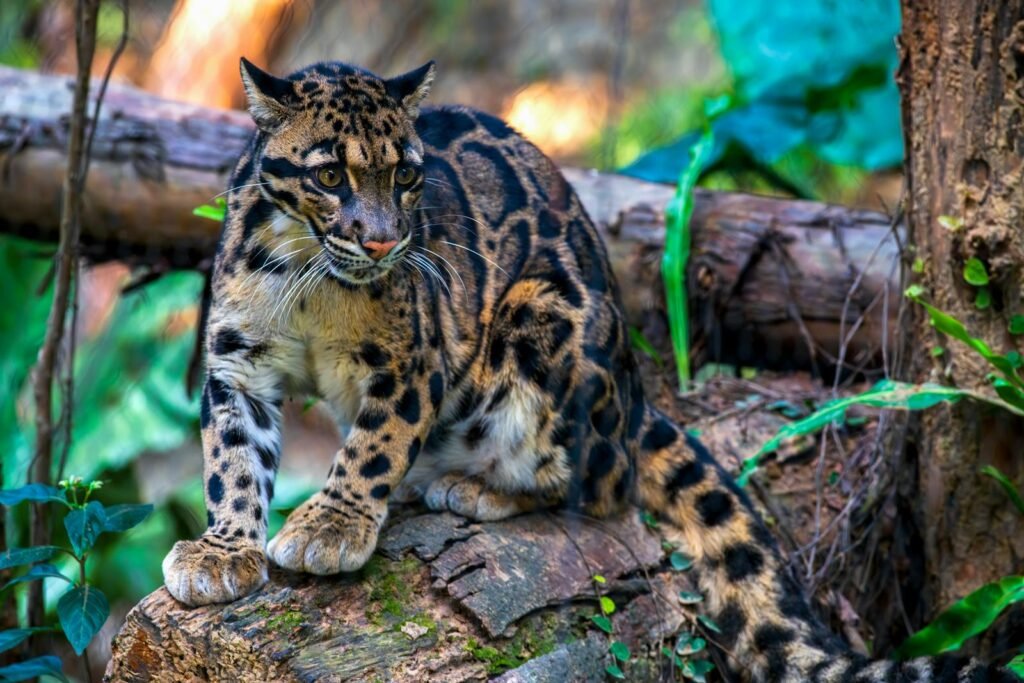
In some places, the clouded leopard has become a symbol for ecotourism, drawing nature lovers from around the world. Responsible tourism can bring much-needed funds to communities living near the forests and encourage locals to protect wildlife instead of exploiting it. Visitors who catch even a glimpse of a clouded leopard often leave changed—moved by the beauty and fragility of the wild. These moments of connection can inspire new advocates for conservation, turning awe into action. While tourism has its risks, when managed carefully, it can help ensure that both people and clouded leopards thrive for generations to come.
Glimpses on Camera Traps
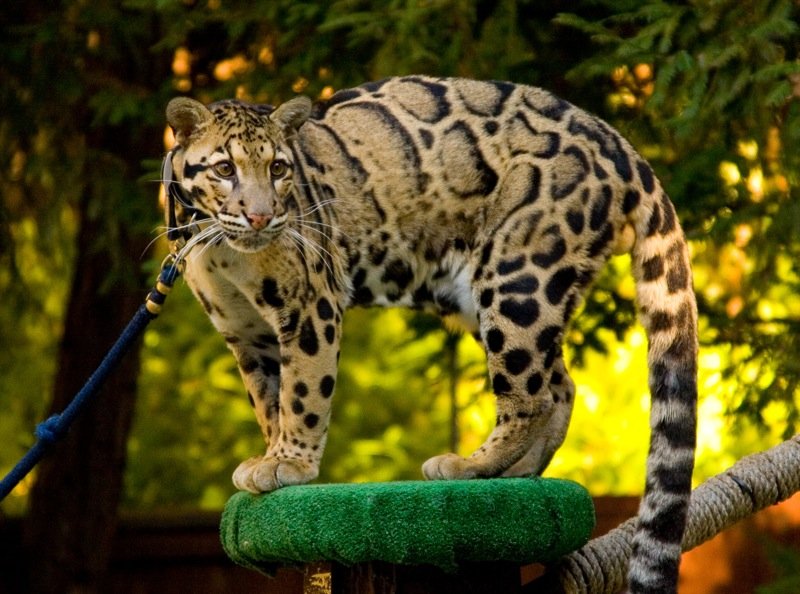
Because clouded leopards are so shy, much of what we know about them comes from camera traps—motion-activated cameras hidden in the forest. These silent observers capture rare images of the cats as they go about their nightly routines. Each photo is a small victory for researchers, offering clues about the animals’ numbers, behaviors, and movements. It’s like piecing together a puzzle in the dark, with every new picture bringing the big picture into sharper focus. These glimpses remind us of the invisible lives unfolding all around us, just out of sight but never out of reach for those who care to look.
Hope for the Future
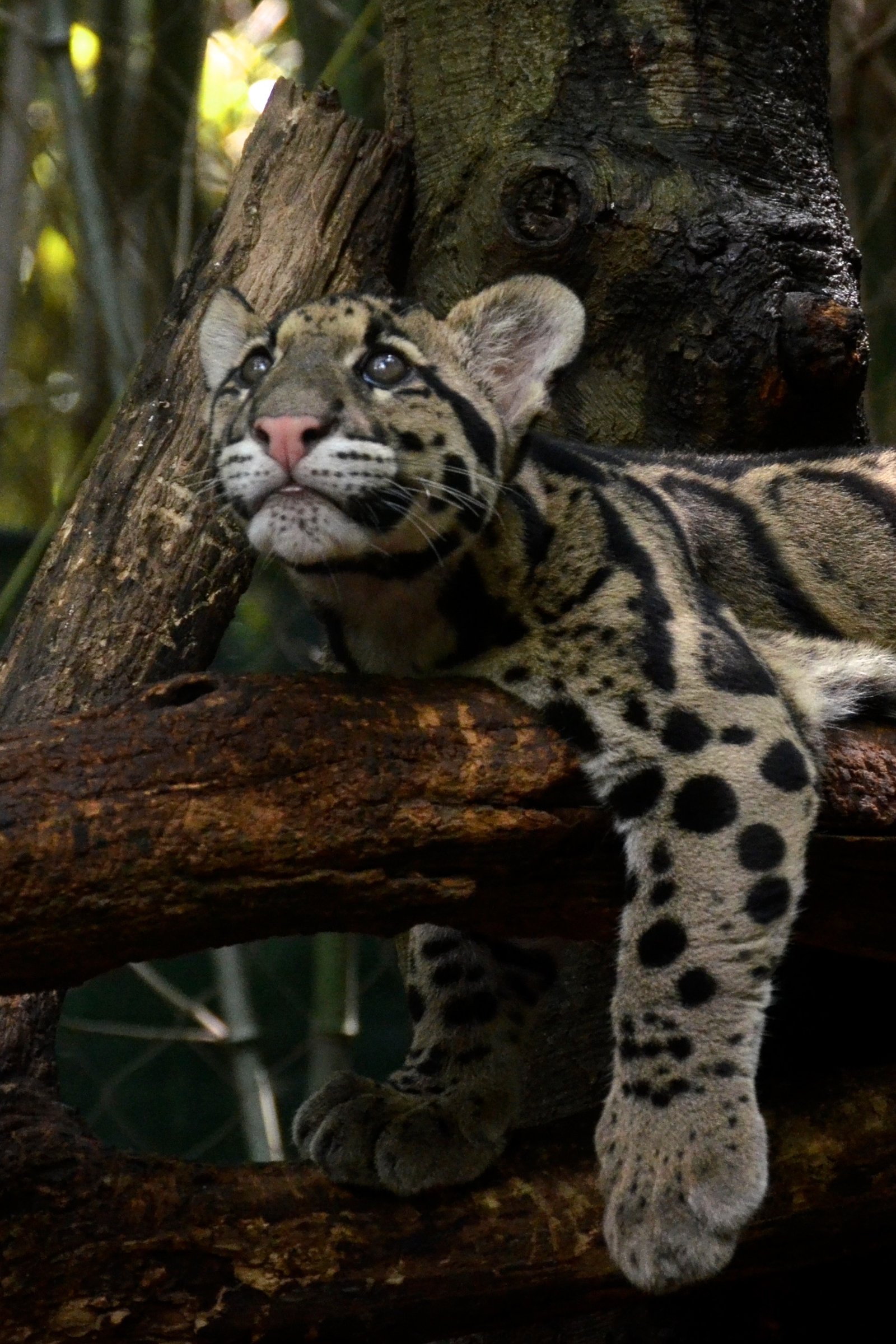
Despite all the challenges they face, clouded leopards continue to survive in pockets of wild forest. Conservationists are working with local people, governments, and scientists to find new ways to protect these cats and their habitats. There’s hope in every new cub born, every forest saved, and every law strengthened. The clouded leopard’s story is still being written, and there’s time for a happy ending if we act with care and compassion. These cats remind us that even the smallest actions can make a difference, and that the wild is worth fighting for. Their survival is a testament to the power of hope and the resilience of nature.
Conclusion
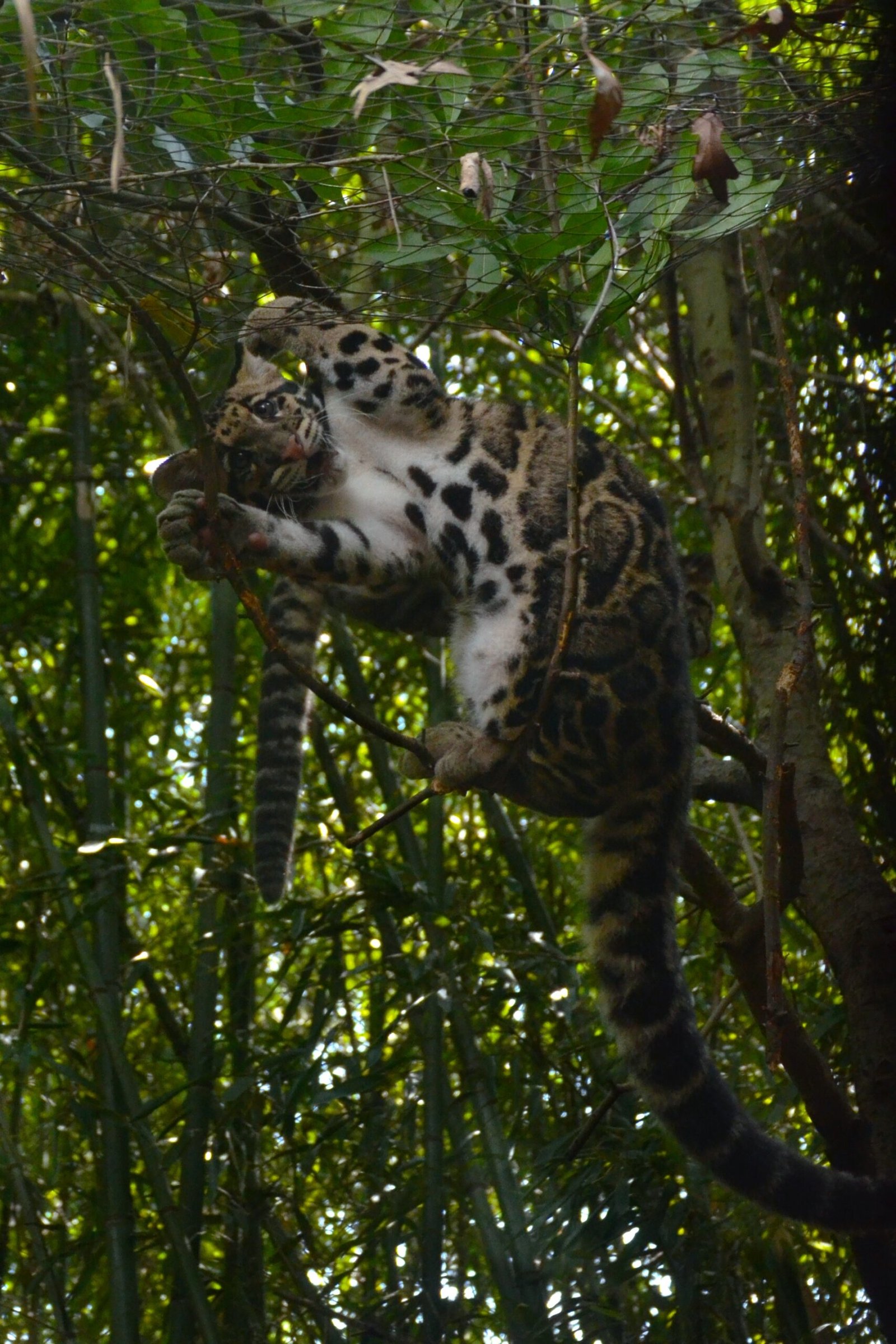
Clouded leopards are living proof that the world’s wonders aren’t always easy to find—they ask us to look closer, listen harder, and cherish the beauty that hides in shadow. Their story is one of grace and grit, of mystery and resilience, woven through the forests of Asia and the hearts of those who care. Every clouded leopard is a reminder that nature’s masterpieces come in all shapes and sizes, often where we least expect them. As we celebrate these extraordinary cats, let’s remember that our choices ripple far beyond ourselves. Could you imagine a world without such wild magic? What would you do to keep it alive?

Suhail Ahmed is a passionate digital professional and nature enthusiast with over 8 years of experience in content strategy, SEO, web development, and digital operations. Alongside his freelance journey, Suhail actively contributes to nature and wildlife platforms like Feline Fam, where he channels his curiosity for the Feline into engaging, educational storytelling.
With a strong background in managing digital ecosystems — from ecommerce stores and WordPress websites to social media and automation — Suhail merges technical precision with creative insight. His content reflects a rare balance: SEO-friendly yet deeply human, data-informed yet emotionally resonant.
Driven by a love for discovery and storytelling, Suhail believes in using digital platforms to amplify causes that matter — especially those protecting Earth’s biodiversity and inspiring sustainable living. Whether he’s managing online projects or crafting wildlife content, his goal remains the same: to inform, inspire, and leave a positive digital footprint.






